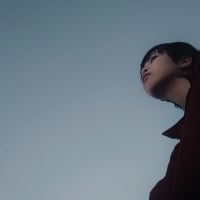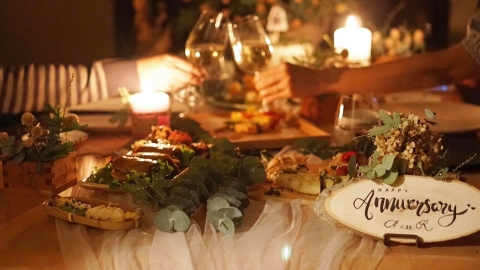Japan is a country with countless unique cultures and cuisines, with beautiful cherry blossoms, unique architecture, and delicious food. Despite its traditional culture, Japan still makes tourists amazed with its cutting-edge modern technology.
When should I go to Japan?
As a country blessed with many majestic landscapes stretching across the country, you can visit Japan at any time of the year. However, April is still the month with the most tourists because it is the season when the cherry blossoms bloom. If you want to travel with the most economical airfare, you should book your ticket at least 2 months in advance.

As a country blessed with many majestic landscapes stretching across the country, you can visit Japan at any time of the year.
There are many different options for airlines and flights to Japan. If you choose flights with a stopover in China, choose flights with only one stopover to avoid the additional cost of a Chinese visa - about 120 USD.
Experience booking rooms in Japan
Booking a hotel when traveling to Japan is not a difficult thing but not too easy, especially for those who are not familiar with the location of tourist attractions. The simplest way for you to book a hotel room as you wish is to search on online websites that support searching by tourist destinations.
In Japan, matchbox hotels are suitable for solo travelers with prices usually ranging from 1,200,000 - 1,400,000 VND. However, you will have to share common areas such as bathrooms and toilets. 3-star and 5-star hotels will be more expensive because they are often located in convenient locations, near tourist attractions, train stations and often have more attentive service as well as free breakfast. Just like air tickets, booking a hotel early will also help you save a lot of money and avoid the situation of "no rooms available".
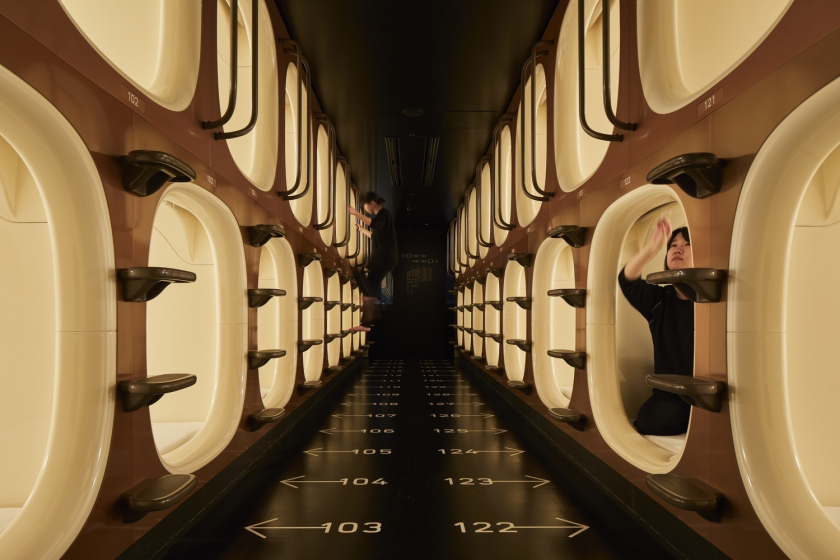
In Japan, matchbox-style hotels are suitable for solo travelers.
However, if you have the chance, try to experience a traditional inn, also known as a ryokan (inn), which is imbued with tradition with mattresses on the floor and rooms separated by walls, a very typical feature of Japanese culture.

However, if you have the chance, try to experience a traditional inn, also known as a ryokan (inn).
Currency exchange when traveling to Japan
Normally, Japan only accepts their own currency, so it will be very inconvenient for tourists if they do not have Yen available when trading or buying. Because Japanese currency is also one of the most popular currencies in Vietnam, you can go to domestic banks.
In addition, airports in Japan have automatic currency exchange machines that are extremely convenient and user-friendly. When exchanging Japanese Yen, you should exchange all denominations, including coins. Japanese people tend to use all denominations in daily transactions, even coins are very popular when shopping or using public transport.
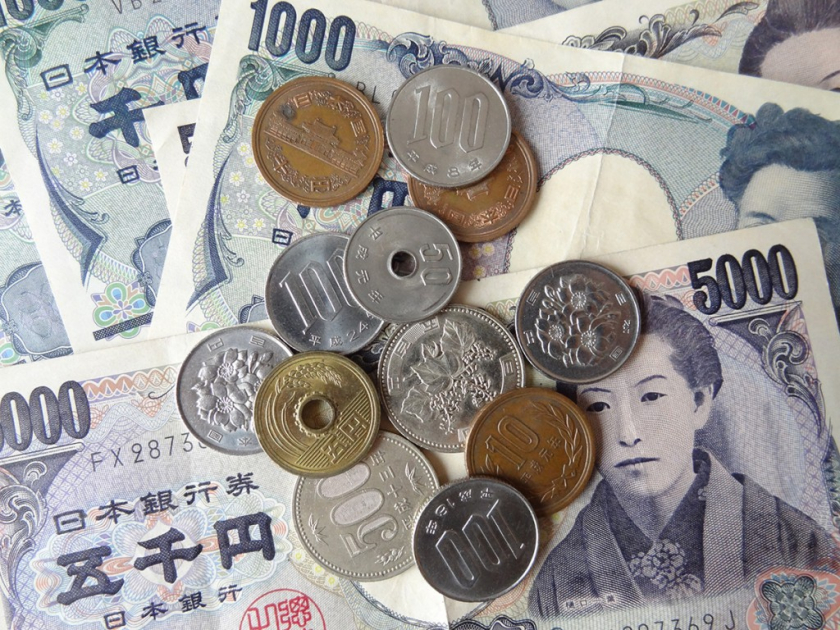
When exchanging Japanese Yen, you should exchange all denominations, including coins.
Means of transportation in Japan
Most Japanese people use public transportation to get around.
- Subway
The subway is one of the most popular means of transportation in Japan because it is convenient, punctual and very affordable. If you travel to Tokyo or Osaka, you can travel comfortably during the day for about 600 yen. And don't forget to download the subway system application to note the train times and to see the route.
- High-speed train
Trains work in a similar way to subways, but they can cover longer distances. You can even go from Tokyo to Osaka by train for around 13,000 yen.
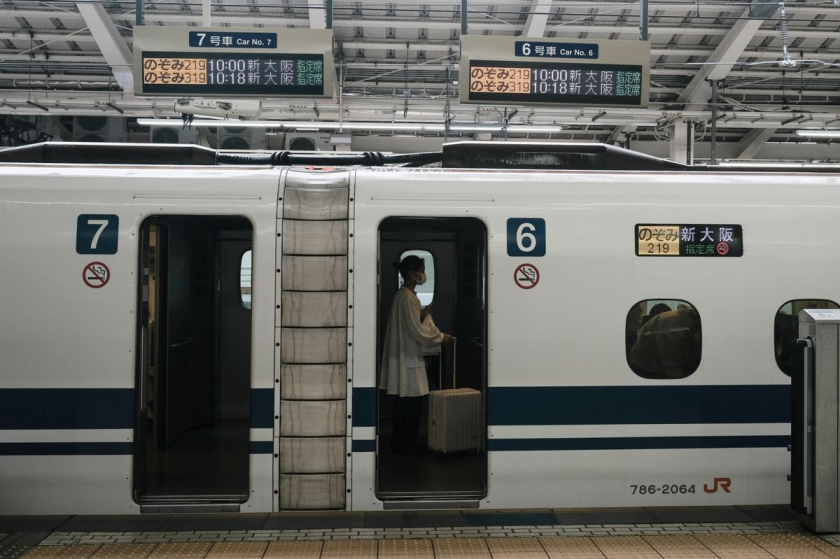
High-speed trains and subways are among the most popular means of transportation for Japanese people because they are quite convenient, punctual and very affordable.
- Bus
Buses are the cheapest form of public transport in Japan, costing only 130-150 yen per day. In addition, the bus system in Japan also allows visitors to travel to different cities with long-distance fares ranging from 3000-5000 yen.
- Taxi
Taxis are the most expensive means of transport in Japan, with quite high fares for each trip. Therefore, you should only use taxis when you have no other options. In big cities like Tokyo, the fare will fluctuate between 600-700 yen for the first 2km and 300 yen for each additional km.
JR Pass is a product exclusively for tourists that allows you to freely use public transportation in a wide range during a specific period of time - it can be the whole of Japan or a province or region depending on the type of JR Pass you choose. Owning a JR Pass will help you save a lot on travel expenses.
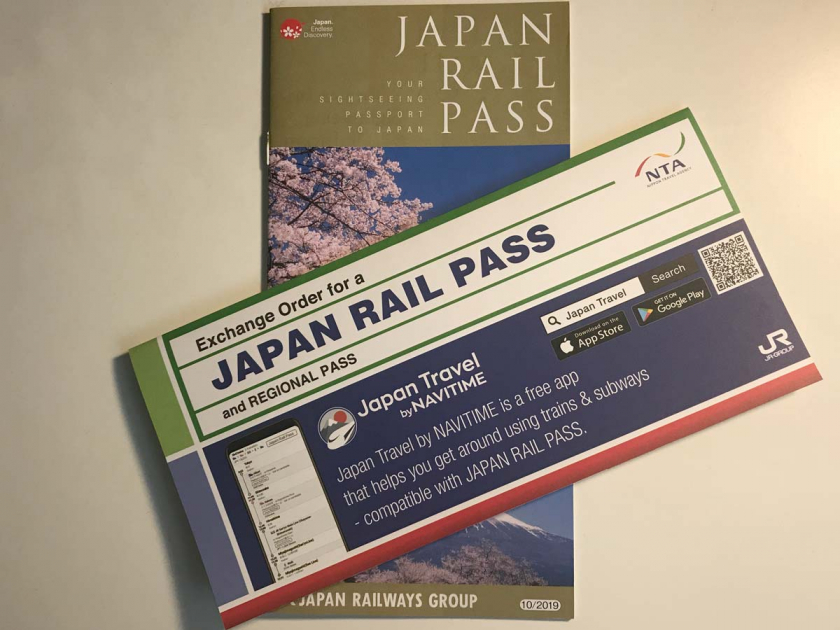
JR Pass is a product exclusively for tourists that allows you to freely use public transport over a wide range.
Experience sustainable travel in Japan
For a country rich in natural resources, culture, tradition and people, Japan always develops tourism associated with the goal of protecting the natural environment and traditional culture. You will experience this tourism trend anywhere in Japan.
- Immerse yourself in ancient Japan in the ancient village of Miyama, the ancient capital of Kyoto
Miyama is a small town about 2 hours by train and bus from Kyoto Station. It still retains the pristine Japanese landscape with ancient thatched roofs amidst rich nature. 96% of Miyama town is forested, so you will be able to breathe in the fresh air when you come here.
You can choose to stay overnight in the village in many forms such as: thatched roof houses, local houses, inns (ryokan) and enjoy the beautiful scenery of the village in the early morning mist, as well as experience local cultural activities such as parades praying for a bountiful harvest, rice planting festival...
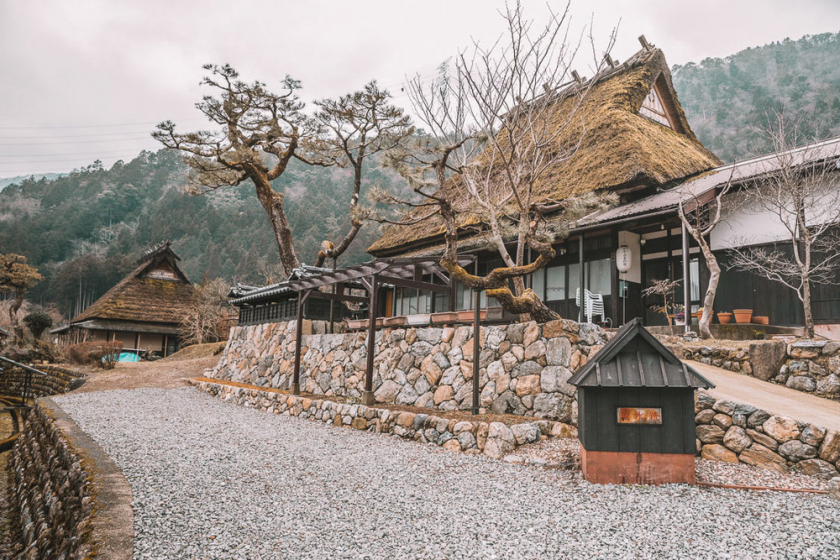
96% of Miyama town is forest, so you will be able to breathe in fresh air when you come here.
- Enjoy green tea at Obuchi Sasaba Tea Farm in Shizuoka Prefecture
From Tokyo Station, it takes only about 1 hour by shinkansen to reach Shin-Fuji Station in Shizuoka Prefecture - a place with fertile lands and a history of tea growing for nearly 1,000 years. Obuchi Sasaba is a famous tea garden located at the southern foot of Mount Fuji in Fuji City, Shizuoka Prefecture. Surrounded by quiet forests, this place is one of the few places where visitors can enjoy the beautiful scenery of Mount Fuji and tea hills without being obstructed by modern buildings or electric wires.
The Obuchi Sasaba Tea Festival, held every May, attracts about 3,500 visitors. Female students from local middle and high schools dress up as tea pickers to kick off the festival. The tea leaves are transported to a nearby tea factory to be processed into green and black teas with distinctive aromas and flavors. A portion of the proceeds from the tea products are used to preserve the Obuchi Sasaba landscape.
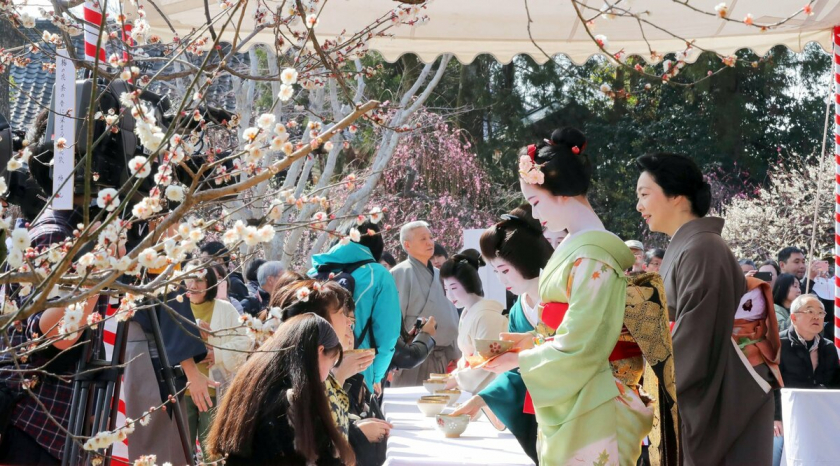
The Obuchi Sasaba Tea Festival takes place every May and attracts about 3,500 visitors.
- Learn about Shinto culture at the ancient Tsurugaoka Hachimangu shrine in Kanagawa prefecture
Tsurugaoka Hachimangu is a Shinto shrine with a history of over 800 years located in Kamakura City, Kanagawa Prefecture. During the Kamakura Shogunate, Tsurugaoka Hachimangu Shrine was the starting point of the rich history and culture of Kamakura, a spiritual sanctuary for the people, and the birthplace of the guardian deity of Kamakura and the samurai.
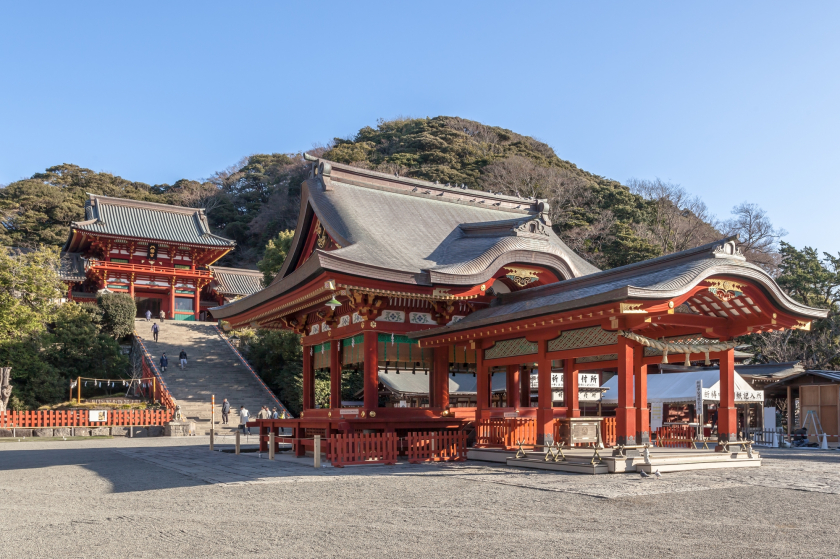
Tsurugaoka Hachimangu is a Shinto shrine with a history of over 800 years located in Kamakura city, Kanagawa prefecture.
- Visit Shibori dyeing land - Arimatsu town, Nagoya city
Although located in the bustling city of Nagoya, Arimatsu still retains many traces of Edo period culture and history. The town has been designated as a Japan Heritage site, with traditional buildings featuring tiled roofs and mushikomado windows that help to define the townscape and tell the story of past prosperity.
The Arimatsu - Narumi Shibori dyeing technique has been passed down from generation to generation as a traditional craft. Workers use various methods to press the fabric tightly, then dye it and remove the threads to complete the desired product. It can take up to 3-4 working days to make a complete roll of fabric.

Arimatsu - Narumi Shibori dyeing technique has been passed down from generation to generation as a traditional craft.
The Arimatsu Shibori Festival is held every June and is a time for visitors to learn Arimatsu Shibori dyeing techniques and take part in handkerchief dyeing classes.
Note:
- Rent a wifi router or 3G sim at the airport for about 200k/4-5 days. In Japan, very few places have public wifi.
- Always bring a spare charger because in Japan there are no outlets on the streets or in restaurants.
- It is quite difficult to find trash cans in Japan, so bring a bag to collect your personal trash. You can throw it away when you return to the hotel.
- On average you will walk about 5 - 10 km every day, so bring sneakers with you.
- If your purchase is over 5,000 yen, you will be exempt from tax. So always bring your passport and tell the cashier when paying.







